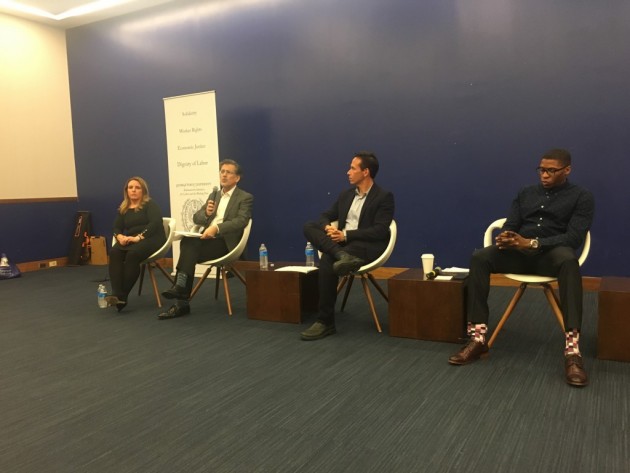Deaths Deepen Commitment of Student Activists Nationwide
What started out as a civil protest to integrate a local bowling alley in Orangeburg, S.C., ended with violence, bloodshed and the death of three innocent students. It happened on Feb. 8, 1968, and would later be remembered as the Orangeburg Massacre.
Two days earlier, six black students from South Carolina State College and Clafin College organized a small protest in front of the All Star Bowling Alley after being denied entrance into the facility. The following night, the six students, along with other demonstrators, gathered again in protest. Fifteen protesters were arrested. Tensions began to rise.
On Feb. 8, about 200 protesters organized on South Carolina State’s campus to demand integration of the bowling alley. Several historical accounts depict what happened next. Wire services reported that the students were firing arms. However, later investigation proved that none of the demonstrators were armed.
Although the details vary, there was a commotion between the demonstrators and the highway patrol officers. The officers responded to the panic by firing their arms, injuring 27 and killing three students, Samuel Hammond Jr., 18, Delano B. Middleton, 17, and Henry R. Smith, 18, according to the school, now known as South Carolina State University.
The officers were charged with using unnecessary force during a campus protest. This was the first time a federal trial was held against officers for this type of incident. All nine patrolmen responsible were acquitted, said historian Jessica McElrath.
Just two years after the Orangeburg Massacre, a similar incident took place at Kent State University in Ohio. During the Vietnam War protest in May of 1970, Ohio National Guardsmen killed four students. Despite the similar outcomes of the two protests, the events at South Carolina State received little media coverage nationally.
Many argue that the difference in coverage occurred because the Orangeburg Massacre involved the killing of three black men protesting segregation, while the killing at Kent State victimized white males protesting the Vietnam War.
Others attributed that the minimal coverage to the excessive number of other historical events in 1968, such as the ongoing Vietnam War and the assassinations of the Rev. Dr. Martin Luther King Jr. and presidential candidate Robert F. Kennedy.
Nevertheless, word spread to other student activists, some of whom traveled to the South Carolina State campus in solidarity. The loss of lives sparked a deeper commitment in students at Howard University and elsewhere.
Today, South Carolina State University holds an annual commemoration ceremony on Feb. 8 in recognition of the three young men who died. The Smith-Hammond-Middletown Monument stands in their honor on the university’s campus, along with an indoor athletic center that also bears their names.


